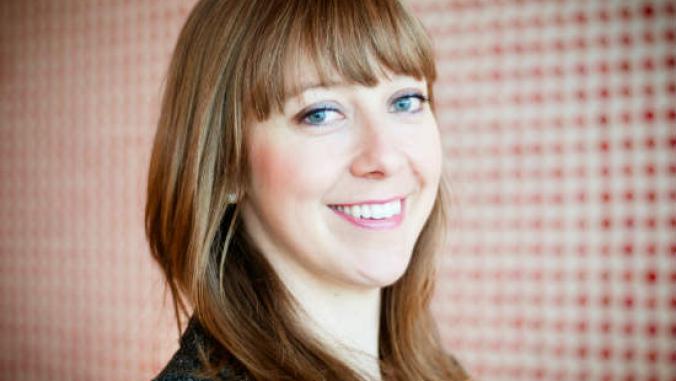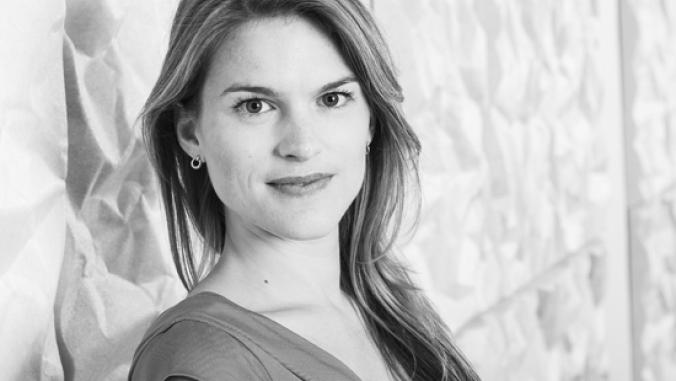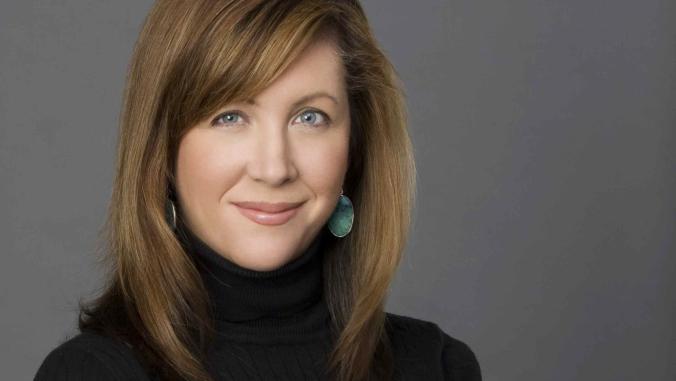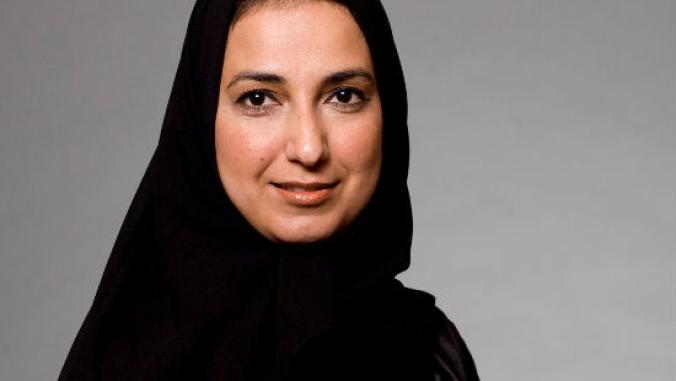How She Leads: Leilani Latimer of Sabre Holdings
<p>Leilani Latimer, the director of Sustainability Initiatives at Sabre Holdings, shares insights about the career path to her position as a high-level sustainability professional in a global company in the inaugural post for the new GreenBiz.com column How She Leads.</p>

This is the inaugural post for How She Leads, a column created by Maya Albanese for GreenBiz.com to spotlight women leaders in sustainability.
Through her column, Albanese will explore the career paths of women who have moved into influential roles in sustainable development. She’ll ask participants to share how they acquired their roles and discuss the opportunities and challenges they face. Her goal for How She Leads is to inspire and encourage more women to attain executive positions in sustainable business.
Albanese's first interview is with Leilani Latimer, the director of Sustainability Initiatives at Sabre Holdings, a board member of the Global Sustainable Tourism Council, and a member and former co-chair of the Corporate Social Responsibility Committee for the National Business Travel Association.
Latimer’s experiences illustrate what it’s like to be a high-level sustainability professional in a global company. She provides her insights on the past, present and future of this relatively new discipline.
Sabre Holding's mission is to connect people with the world's greatest travel possibilities. Sabre merchandises and retails travel products and offers distribution and technology solutions for the travel industry. The company's businesses include Sabre Travel Network, Airline Solutions and Hospitality Solutions, as well as Travelocity.
Maya Albanese: How exactly did you rise to this role? Did you create the position or were you hired into an existing role?
 Leilani Latimer: I have been working for Sabre for 20 years. Before leading Sustainability Initiatives, I was leading Global Marketing Strategy and Planning, where I was bringing together people across functions and cultures to move toward a common framework. Because of this, and my ability to work across cultures and organizations, my boss at the time recommended me for the sustainability position. At the time, we had a series of different sustainability initiatives at Sabre, but no one was really bringing everything together across the enterprise to streamline and create a cohesive and strategic direction. At about the same time, I decided to start looking at green MBA programs, and in 2008, I completed the Presidio School of Management's Executive MBA program, which I would recommend.
Leilani Latimer: I have been working for Sabre for 20 years. Before leading Sustainability Initiatives, I was leading Global Marketing Strategy and Planning, where I was bringing together people across functions and cultures to move toward a common framework. Because of this, and my ability to work across cultures and organizations, my boss at the time recommended me for the sustainability position. At the time, we had a series of different sustainability initiatives at Sabre, but no one was really bringing everything together across the enterprise to streamline and create a cohesive and strategic direction. At about the same time, I decided to start looking at green MBA programs, and in 2008, I completed the Presidio School of Management's Executive MBA program, which I would recommend.
MA: Was there a specific incident in your life that led you to be passionate about working in sustainability?
LL: I grew up in Southern California in the 1970s where water conservation is a crucial issue, and the proximity of the beach and the beauty of nature were both parts of my daily life.
MA: In light of your success in this role, what advice would you give other young professionals aspiring to be sustainability leaders?
LL: Focus on what you know how to do well. The opportunity to drive sustainable development comes when you are in an organization, already contributing your expertise. Hunter Lovins' philosophy is that "to make change happen, you have to be in the system and know how to change the system." For example, I know a woman who had worked in financial real estate planning and who wanted to make a career change to sustainability. My recommendation to her was to find the ROI (return on investment) around projects related to sustainable real estate development. The opportunity to move into sustainability is there in every role in the company.
MA: This field is relatively new and each company is integrating it differently into its organizational structure. Do you work in a department dedicated to sustainability? Do you have staff or a team?
LL: I report to the office of the CEO where we manage sustainability, and then we also have a Corporate Responsibility Department where community and philanthropic engagement are managed, but we work very closely together. We have a Sustainability Advisory Council and point people across all departments of the company, who work with me to coordinate the sustainable business plan every year. There are also 16 global eco teams made up of passionate volunteers. I encourage the leaders to include this role as part of their career development so that when they are reviewed on their annual performance, this role can be seen as something that establishes their leadership above and beyond their day job.
MA: So you are managing a significant amount of people without actually having any direct reports? I imagine there are lots of answers to this next question: What are your biggest challenges in this role?
LL: Getting people to understand that sustainability will help them meet their business objectives rather than this is "just another thing I have to do on top of all my other work." One of the most important parts of my job is inspiring people to integrate sustainability into their jobs. In order to make the connection I like to stress the importance of internal and external public health that connects them personally to the issue of environmental responsibility. I ask them questions like: "How many people here have children with respiratory problems? How many people like being outdoors and hunting and fishing? How many like animals?" Anyone who answers yes to any of these questions has a natural link to improving the environment.
MA: How would you highlight the importance of women specifically in the acceleration of sustainability as a profession?
LL: Market data shows that women make most consumer purchases and that women are greener consumers than men. The caretaker consumer role is something that all companies should be paying attention to.
MA: Top-down support is crucial to the success of new initiatives in large enterprises. Are you seeing an increase in interest from the C-suite level? Which high-level stakeholders are the most engaged in these efforts?
LL: I believe there is interest in the C-suite, but that real change will take place when Wall Street really begins including sustainability issues in its ratings of companies. It would be great to see companies being required to report on the SRI, the sustainability index of the Dow Jones. Only a few major companies are participating voluntarily right now. When SRI influences the value of stocks, then investors and companies will care more about sustainability.
MA: Where do you see the future of this discipline going in the next 20 years?
LL: The hope is that there will be no need for sustainability directors in the future, because every function within the company has sustainability integrated into it. There may always be a need for an ambassador to bring stakeholders together.
MA: What do you see as the “next big thing” in sustainability?
LL: Integrative reporting. There’s been a whole world of metrics related to bulky CSR reports. The separate CSR report should go away and become completely integrated into the main business report. We need to find that happy place where the silo-ed functions that work toward wellness are integrated. This holistic incorporation is the next generation of sustainability -- that happy place.
Leilani Latimer was a speaker at the GreenBiz Group's 2011 State of Green Business Forum in San Francisco. A summary of her presentation is available at GreenBiz.com.
Image CC licensed by JoshuaDavisPhotography.





